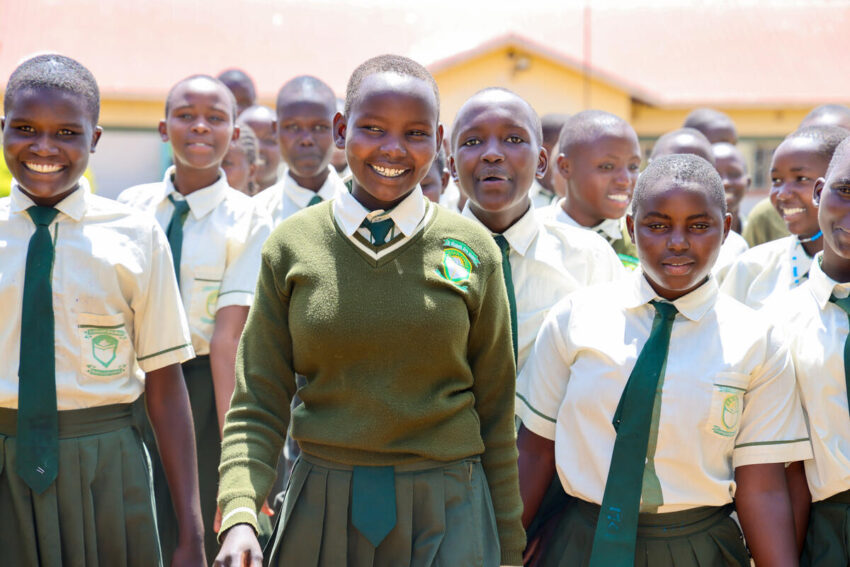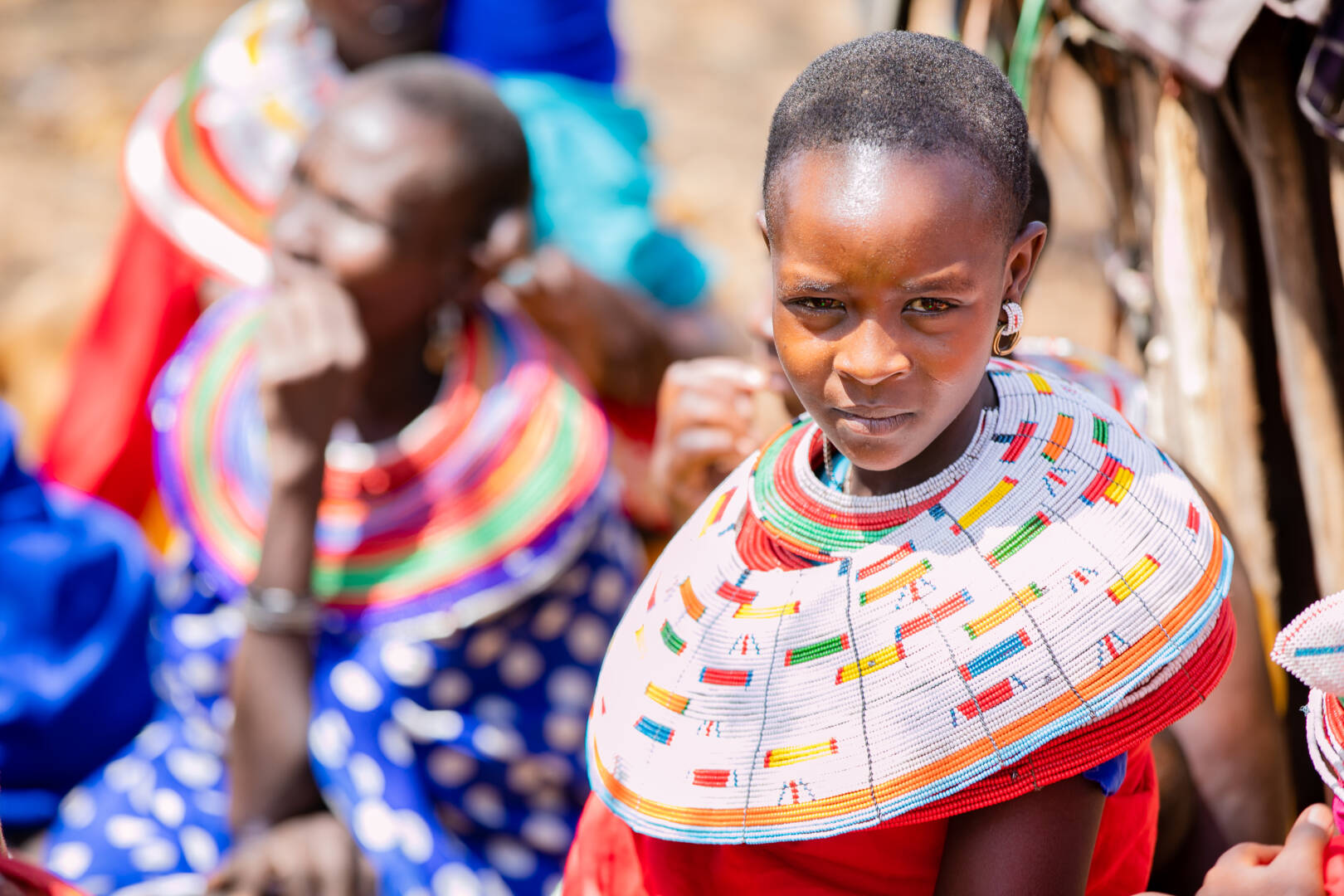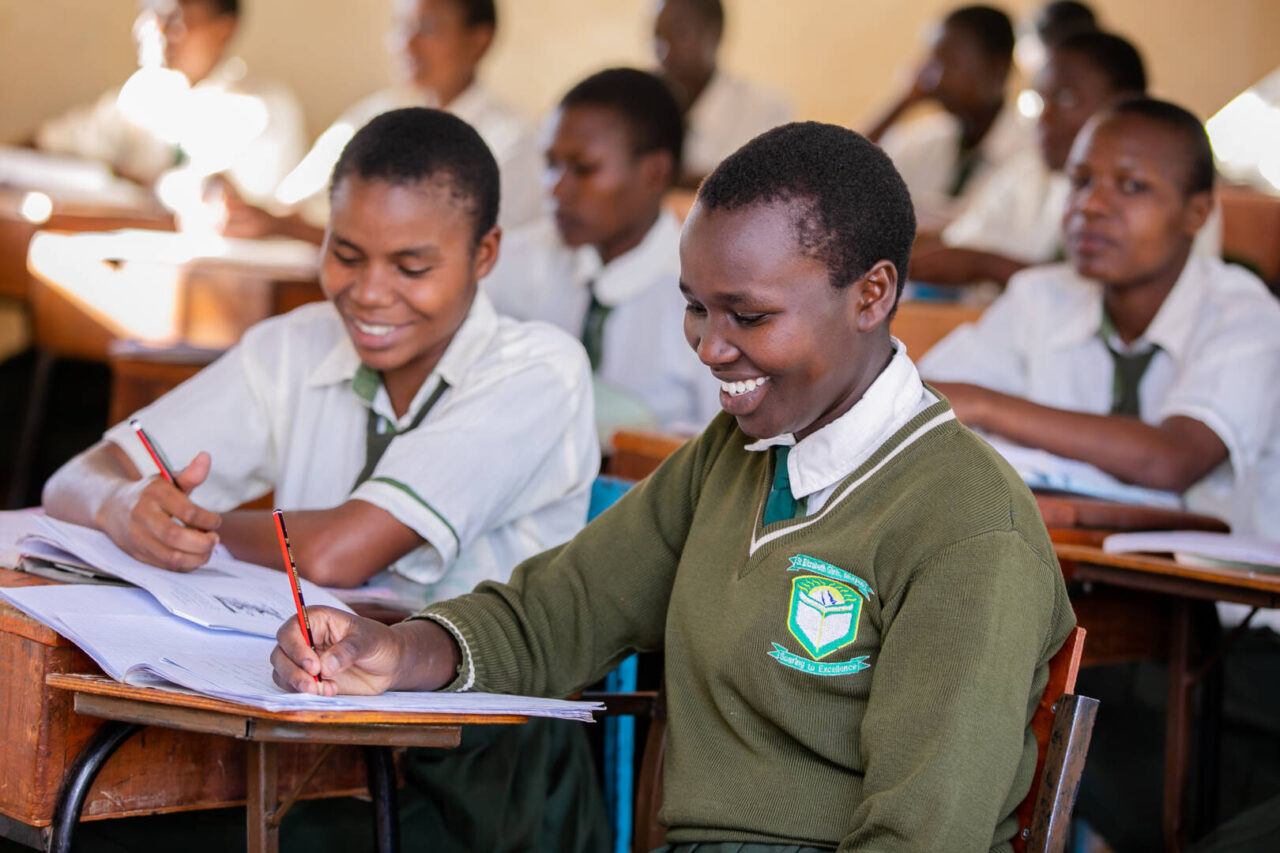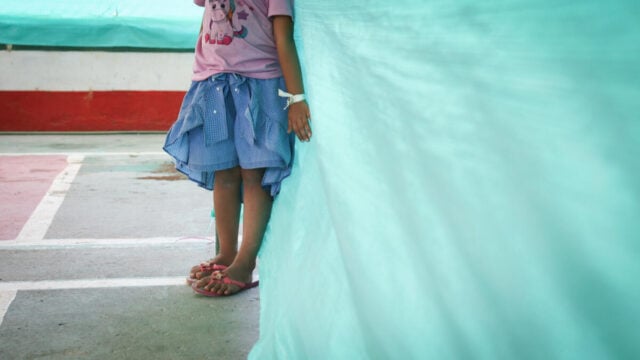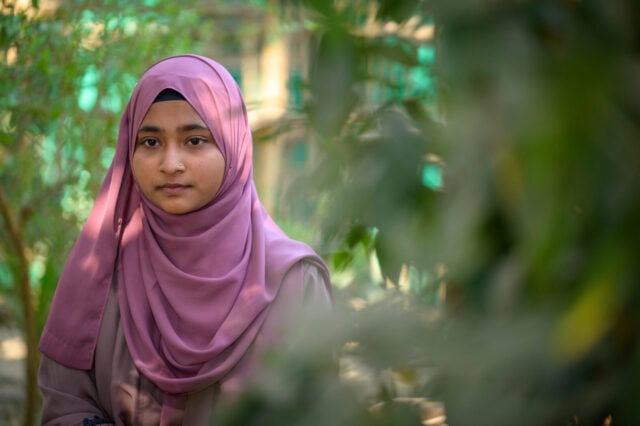Every year, millions of girls face a life-altering procedure rooted in harmful traditions. Female genital mutilation (FGM) is more than a practice — it’s a violation of human rights. Around the world, an estimated 200 million women and girls alive today have undergone FGM, according to the United Nations Population Fund (UNFPA). New estimates show a 15% increase in survivors since the last data was released in 2016, meaning 30 million more have undergone FGM.
While the likelihood of women and girls being subjected to FGM has decreased in recent decades, the rising number of girls born into countries where FGM is practiced underscores the urgent need for preventative efforts to address the growing risk.
To stop the practice, the United Nations (U.N.) established the International Day of Zero Tolerance for FGM, observed annually on February 6. The U.N. Sustainable Development Goal 5 (gender equality) also calls for intensified global efforts to end FGM by 2030.
Here are six facts you should know about female genital mutilation:
1. The definition of female genital mutilation
FGM involves the partial or complete removal of the female external genitalia and may include other injuries to the female genital organs for nonmedical reasons. It is internationally recognized as a violation of human rights and a form of gender-based violence. The procedure is most often carried out on girls between birth and age 15 and is known in some areas as female circumcision or cutting.
2. The consequences of FGM for girls and women are painful and long lasting
FGM has severe implications for the physical, psychological, and sexual and reproductive health of girls and women. Often performed under unsanitary conditions without anesthetic, FGM can cause:
- Intense pain, bleeding, and swelling that may obstruct urination or defecation.
- Long-term complications such as chronic pelvic infections, urinary tract infections, and birth complications for mothers and children, as well as emotional trauma and psychological suffering, including anxiety, depression, and post-traumatic stress disorder (PTSD).
The procedure offers no health benefits and is not condoned by the World Health Organization (WHO), most governments, or reputable medical associations. In addition, the economic burden of treating complications caused by FGM is substantial, with the WHO estimating a cost of $1.4 billion per year for health systems.
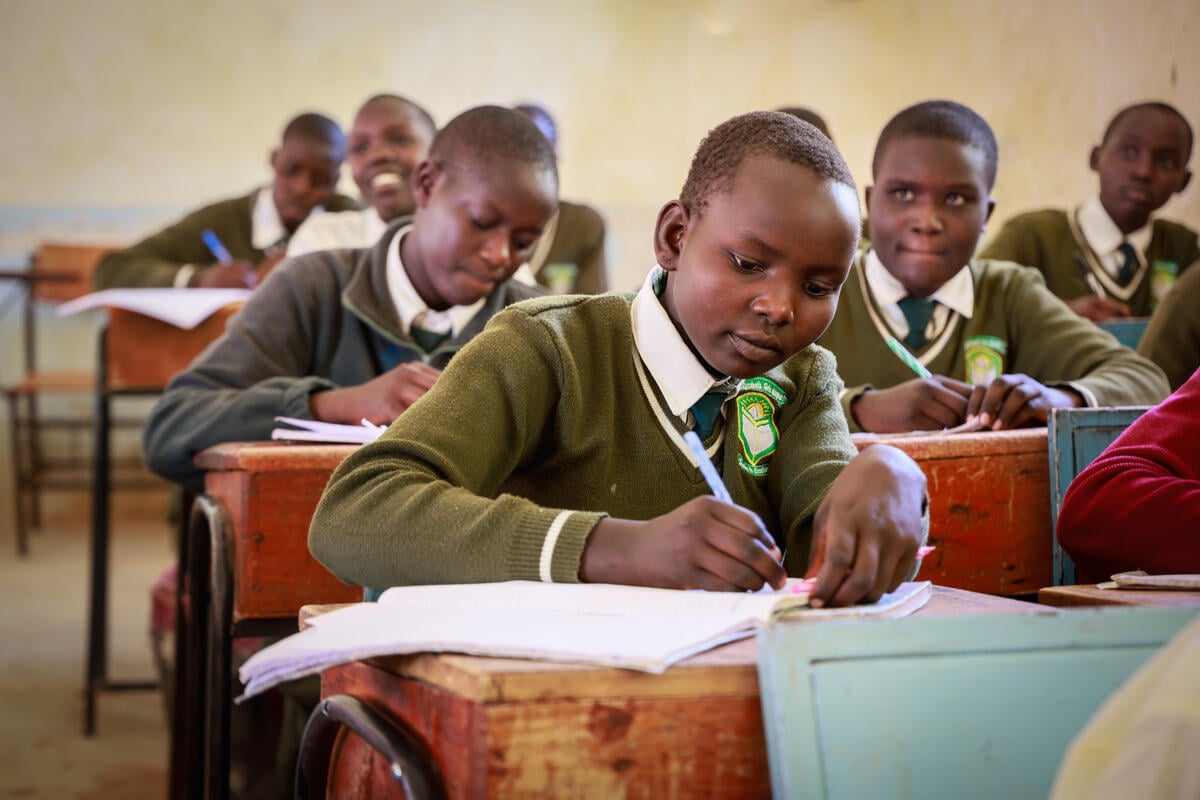
At 13, Abigael (pictured above) escaped FGM and her father’s plans for child marriage. With support from her mother, local authorities, and World Vision’s Kenya Big Dream program, she’s thriving at school in Kenya, focused on pursuing her education. She’s passionate about biology and mathematics, and she dreams of becoming a nurse or doctor to support her community, especially girls and women.
3. FGM is practiced all around the world
FGM is still prevalent in at least 30 countries across Africa, the Middle East, Asia, and Latin America. It also persists among immigrant populations living in Western Europe, North America, Australia, and New Zealand.
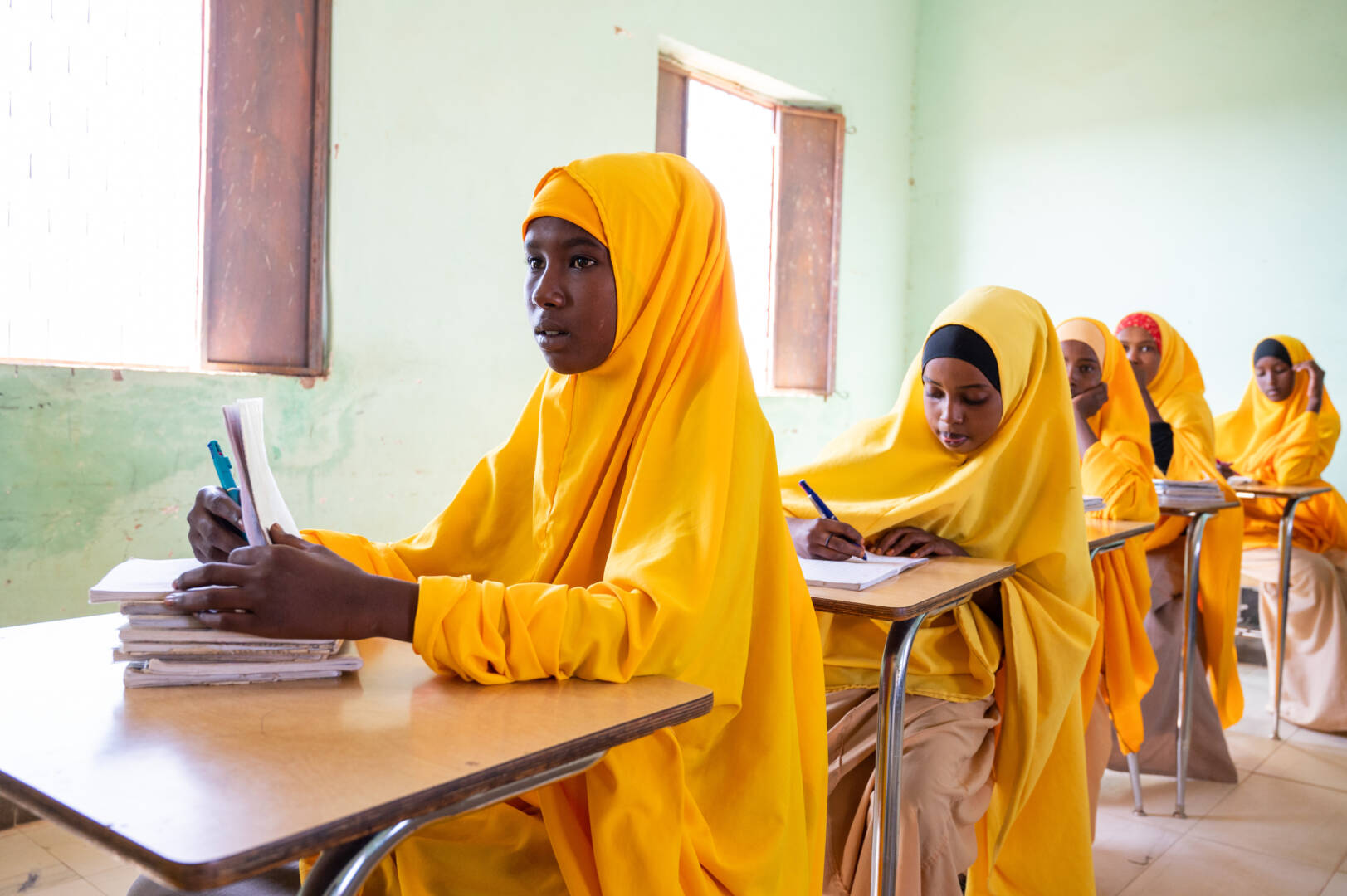
4. Why FGM continues to be practiced
FGM continues because of deeply rooted cultural beliefs and gender inequality. While most girls and women familiar with the practice would like to see it end, they face immense social and cultural pressure to conform. In many countries, FGM symbolizes a girl’s entrance into womanhood and is seen as essential for marriageability. Mothers, fathers, extended family, and community leaders may force the practice to ensure her acceptance.
5. Medicalizing FGM does not make it safe for girls or women.
Even when performed by a healthcare provider, “medicalization” of FGM is a violation of human rights and medical ethics. The U.N., the International Federation of Gynecology and Obstetrics, and many national medical associations have rejected the practice.
Medicalization of the practice is giving rise to an alarming trend: About 1 in 4 girls and women had FGM performed by health personnel. Medicalization is especially common in Egypt, where it is banned but remains widespread.
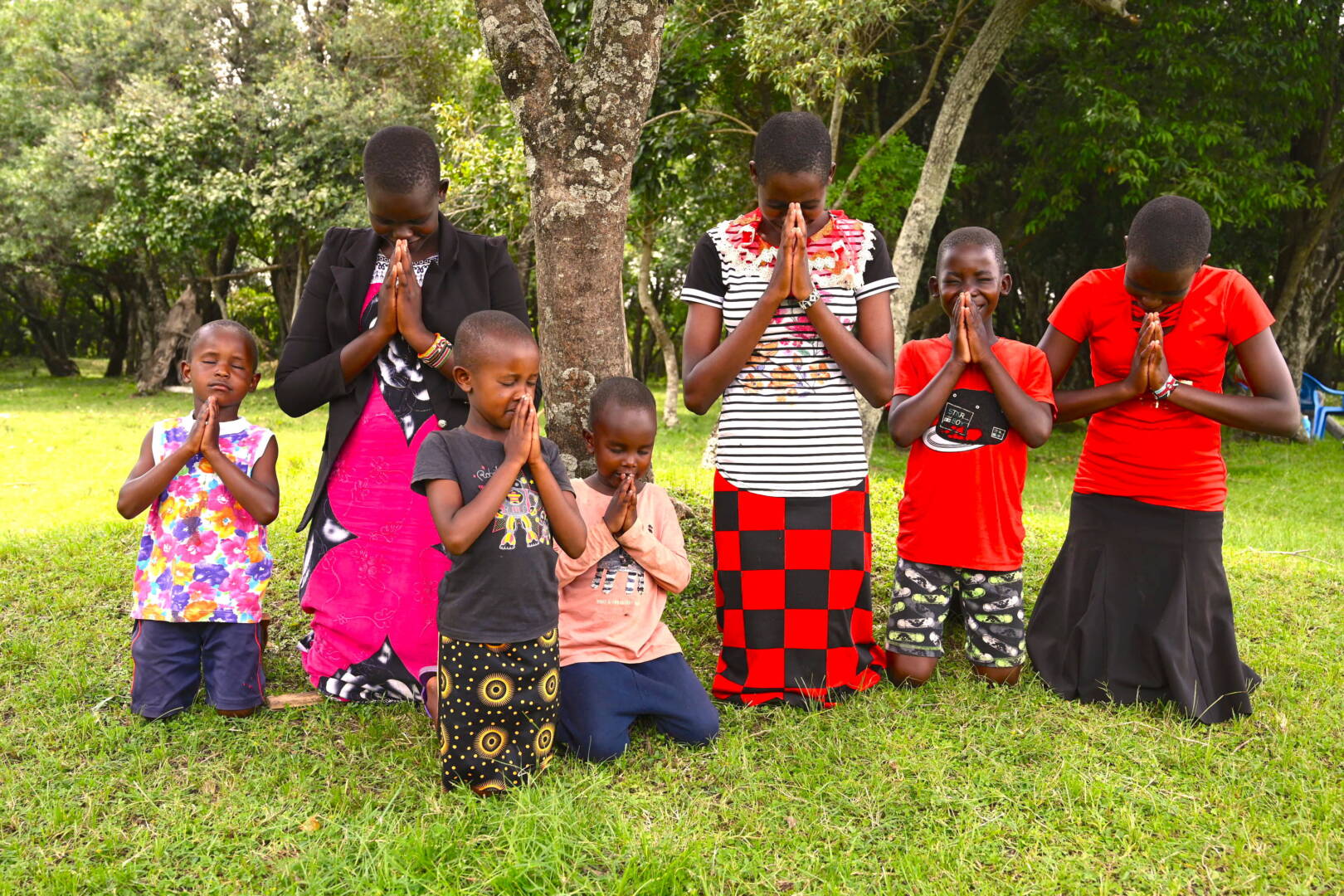
6. Ending FGM is possible
Most of the countries where FGM is still practiced have legislated against it. However, cultural and social norms must change to end the practice.
World Vision’s child protection efforts focus on educating and empowering communities to reject harmful practices like FGM. We believe every girl and boy is a precious gift from God, and every child deserves protection from whatever keeps them from experiencing fullness of life. Harmful practices like FGM can hold girls and women back from achieving their potential and helping lift their communities out of poverty.
In Kenya, we’ve seen success with programs like our Alternative Rites of Passage (ARP) program, a week-long coming-of-age celebration that includes awareness training on the harmful practices of FGM and child marriage. Also, boys learn to have more positive perceptions of girls who have not undergone FGM, opening a new path to marriage and a shift in attitudes.
The ARP’s concluding ceremonies for girls and boys help replace FGM as an important cultural marker.
The ARP is just one part of the Kenya Big Dream project, which aims to empower girls by eliminating the root causes of FGM and child marriage, allowing them to see their worth in God’s eyes and realize their potential.
The goal of World Vision’s child protection work is to keep every child safe from exploitation, abuse, and violence. We’re committed to educating and empowering girls and their communities to end FGM.
Watch Messania’s Story, an award-winning short film highlighting a strong woman in Kenya who underwent FGM — and found the determination to escape abuse, challenge harmful cultural norms, and sing a new song of freedom.
Sevil Omer of World Vision’s U.S. staff contributed to this article.
